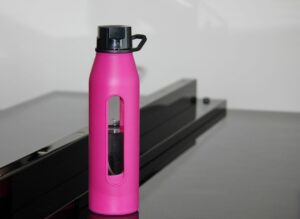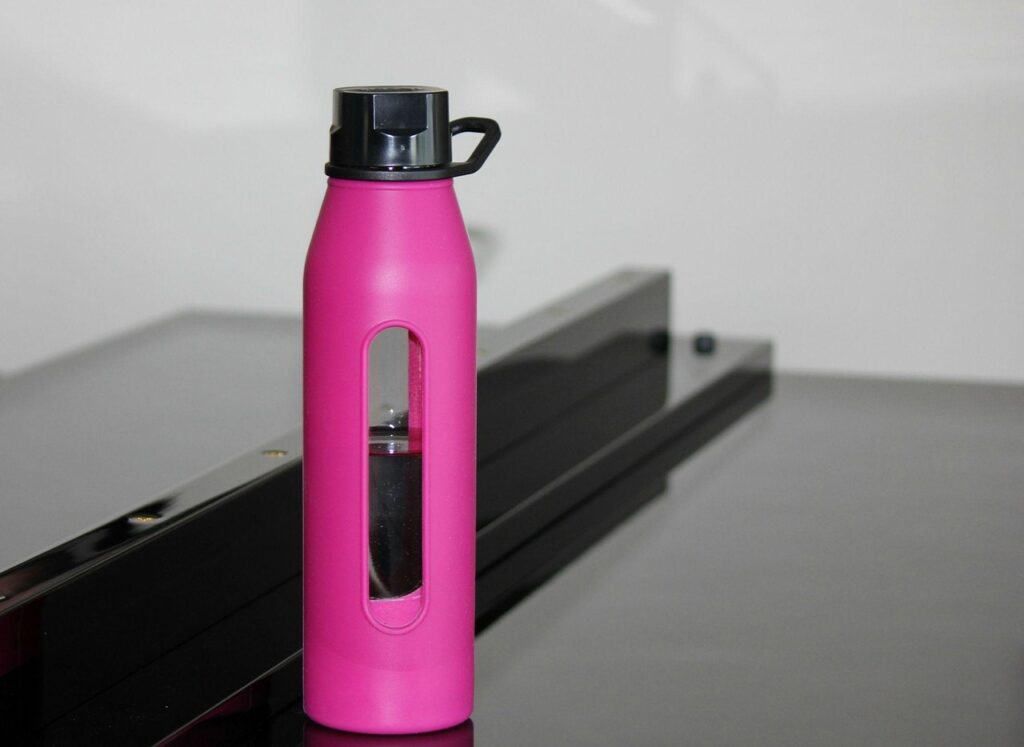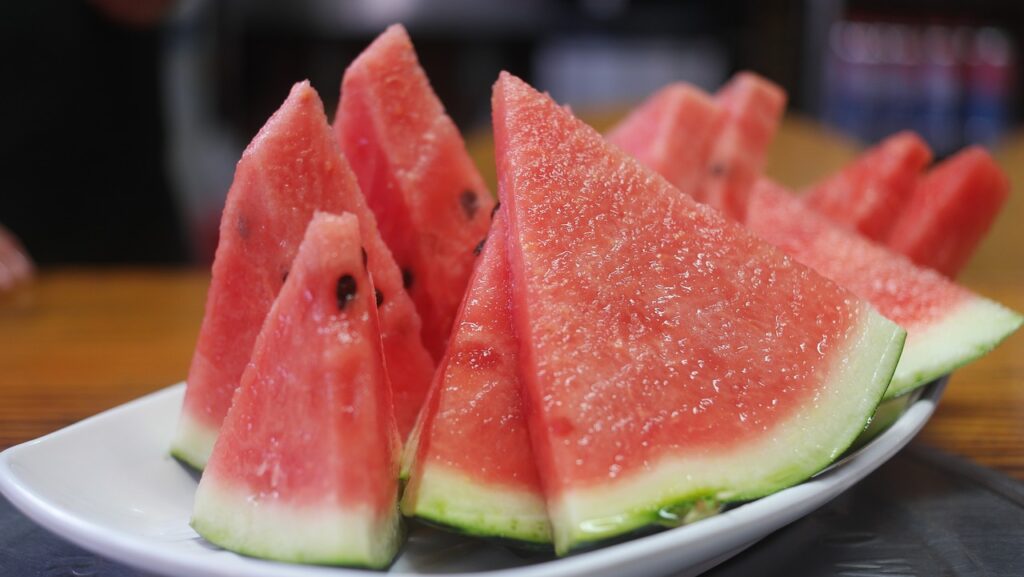If you’re like most people, you probably carry a trusty water bottle everywhere you go. Whether it’s to the gym, your office, or even just running errands, that bottle has become your everyday companion. But how often do you stop and think about how clean it really is?
We’re talking about the bottle you sip from multiple times a day. The bottle that sits in your car, gets tossed in your bag, and maybe even rests on your kitchen counter. Over time, it accumulates more than just water. Bacteria, mold, and all sorts of unwanted guests can start to make themselves at home if you’re not careful.
Let’s face it—most of us probably don’t wash our bottles as often as we should. In fact, research has shown that the average person might go days, even weeks, without properly cleaning their water bottles. This oversight can lead to a buildup of bacteria, which can pose serious health risks.
The Science Behind Dirty Bottles
It’s easy to forget that just because water is flowing through your bottle doesn’t mean it’s staying clean. Water bottles, especially reusable ones, can become the perfect breeding ground for bacteria. Think about it: your hands touch your bottle, and it might be exposed to various surfaces that aren’t exactly sterile. Add that to the moist environment inside, and you’ve got yourself an ideal setting for germs to grow.
One study conducted by a team of microbiologists at the University of Arizona found that water bottles, particularly those that are used regularly and not cleaned, can carry millions of bacteria. In some cases, the amount of bacteria inside a bottle can exceed that of a toilet seat. That’s right—a toilet seat! It’s a hard pill to swallow, but it’s a reality we need to face.
Bacteria like E. coli, Staphylococcus, and even mold can thrive in the crevices and lids of your bottle, especially if it’s been sitting in warm, moist conditions for too long. And while some germs are harmless, others can lead to stomach issues, skin infections, and respiratory problems.
When Should You Clean Your Water Bottle?
So, how often should you be cleaning your water bottle? Ideally, you should give it a good scrub at least once a day. That might sound excessive, but it’s easy enough to incorporate into your routine. If that’s not realistic, try to clean it every two to three days. The more often you clean it, the less chance there is for bacteria to accumulate.
If you’re using a bottle with a wide mouth, it’s easier to scrub and rinse, but if your bottle has a narrow neck or a built-in straw, cleaning can be a bit trickier. And let’s not forget those bottles with funky lids that are often impossible to clean thoroughly.
But don’t panic—it’s not as difficult as it sounds.
The Best Ways to Clean Your Water Bottle
Here’s the good news: keeping your water bottle clean doesn’t require any fancy equipment or time-consuming processes. You just need the right tools and a little bit of effort.
- Hot Water and Soap: The simplest way to clean your bottle is with hot water and soap. Fill it up, close the lid, and shake it around. Let it sit for a minute or two to loosen any grime, then rinse it out. Make sure you get every corner, especially around the lid and mouthpiece. For stubborn residue, use a bottle brush.
- Vinegar or Baking Soda: For bottles with a buildup of mineral deposits or strong odors, a mixture of vinegar and water can do wonders. Let it sit for a few minutes, and then scrub it clean. Baking soda is another great option for tackling tough stains. Just sprinkle a little inside your bottle, add water, and shake it up. After letting it sit for a while, rinse thoroughly.
- Dishwasher-Friendly Bottles: Some water bottles are dishwasher-safe, so if yours is, simply toss it in for a deep clean. Make sure to place it on the top rack to avoid damage.
- Clean the Lid, Too: Don’t forget the lid! A lot of bacteria can hang out in the nooks and crannies of the lid, especially around the straw or nozzle. You can soak it in hot, soapy water or use a cotton swab to clean the hard-to-reach areas.
- Dry It Completely: After you’ve given your bottle a good wash, make sure it’s completely dry before you use it again. Bacteria thrive in moisture, so letting your bottle air dry helps prevent a new colony from forming.
Tips to Keep Your Bottle Clean On-the-Go
Keeping your bottle clean isn’t just about washing it at home. You can also make some small changes in how you use it day-to-day to minimize bacteria buildup.
- Always keep your bottle closed when not in use. This prevents dust, dirt, and other contaminants from getting inside.
- Avoid leaving your bottle in a hot car for extended periods of time. The heat can speed up the growth of bacteria.
- Don’t share your bottle with others, if possible. If you do, make sure to wash it thoroughly afterward.
- Carry a spare cap or straw if yours gets dirty frequently or is difficult to clean.
The Takeaway
Your water bottle is there for you throughout the day, so it’s important to take care of it in return. By developing a simple cleaning routine and incorporating a few easy habits, you can enjoy fresh, clean water every time you take a sip.
At the end of the day, a little effort goes a long way in keeping your bottle—and your health—safe. After all, you wouldn’t drink from a dirty cup, so why would you sip from a dirty water bottle?








